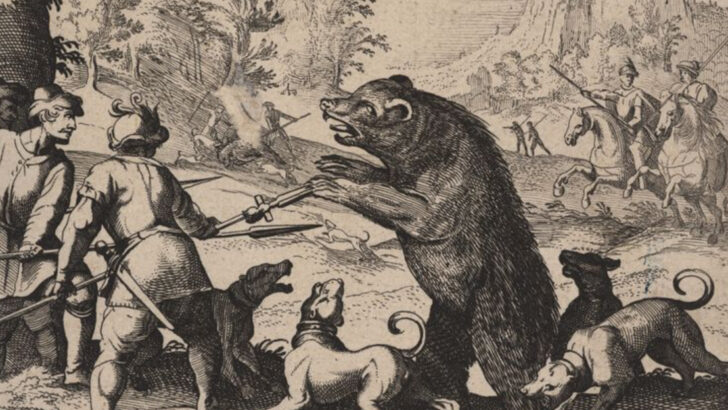Before humans wrote stories, they painted them.
Across ancient caves, temples, and artifacts, animals weren’t just decoration—they were symbols of power, survival, and mystery. From lions carved into Mesopotamian palaces to bulls dominating prehistoric cave walls, these creatures shaped how early civilizations saw the world.
Some animals were feared, others worshipped. The Egyptians mummified cats, believing they had divine connections. In China, dragons slithered through myths, representing strength and wisdom. Even the simple deer, drawn by early humans, could hold deep meanings of life, death, and the hunt.
These creatures weren’t just bystanders in history; they were woven into the very fabric of human culture. Let’s explore 16 animals that left their mark on ancient art and the people who created it.
Cave Lions
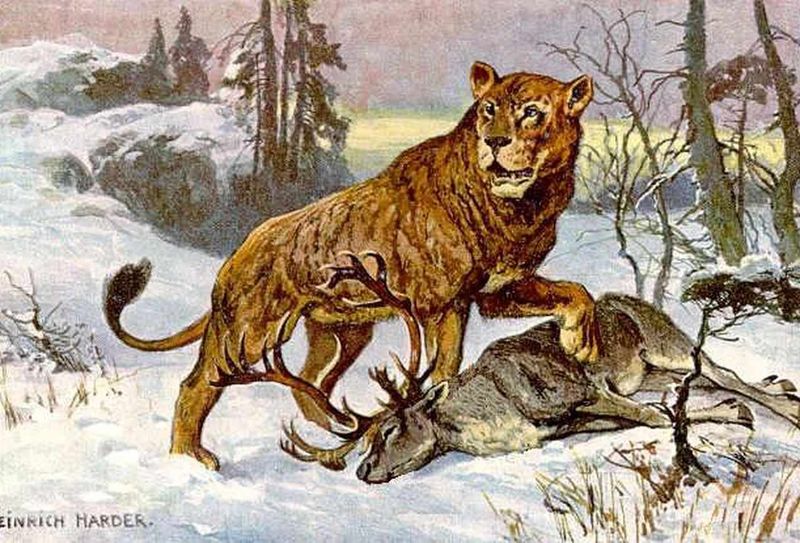
Cave lions, once roaming the vast terrains of prehistoric Europe, were more than just fearsome predators. Their presence in ancient cave paintings suggests they were revered by early humans. These majestic felines symbolized power and dominance. In paintings, they’re often depicted with exaggerated features, emphasizing their strength. Such illustrations served as both warnings and admiration, showing the fine line humans walked between awe and fear. These artworks are among the earliest known, reflecting the deep respect and caution early humans had for these apex predators. They remind us of a world where humans and nature coexisted in a delicate balance.
Woolly Mammoths
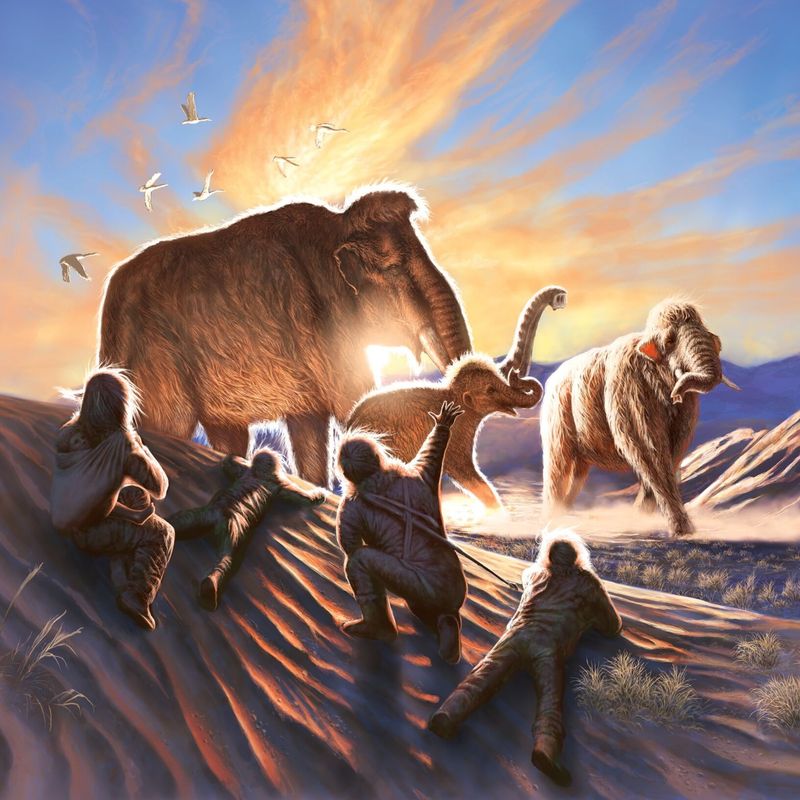
The woolly mammoth, with its massive frame and distinctive tusks, was a staple in Ice Age art. Early humans frequently illustrated these creatures, reflecting their importance in survival. Their sheer size and presence were awe-inspiring, symbolizing endurance in harsh climates. These mammoths provided food, clothing, and tools, making them indispensable. Ancient carvings and paintings often showcase them in herds, emphasizing their community nature. Their depictions highlight the interconnectedness of life and the reliance of humans on these magnificent creatures. Such art pieces serve as a testament to the mammoth’s significant role in human history and survival.
Bison
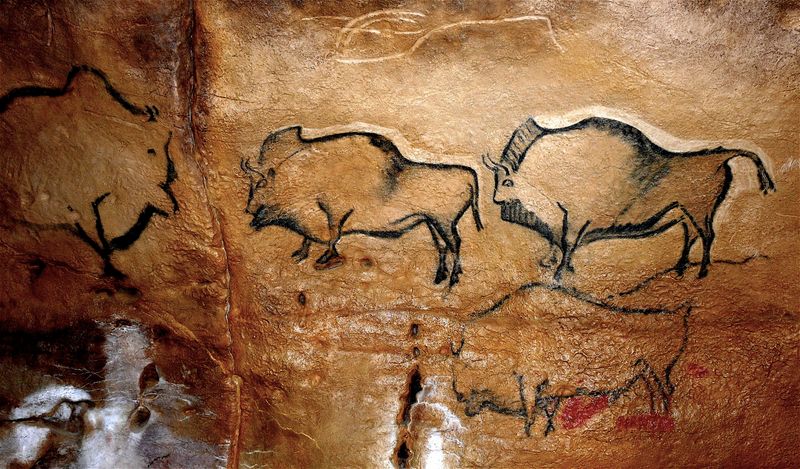
Bison, with their bulky forms and dense manes, were frequent subjects in early rock art. These creatures symbolized strength and abundance. Their presence in art pieces often indicated areas rich in resources. Early humans depicted bison herds, sometimes in hunting scenes, capturing the essence of their nomadic lifestyle and reliance on these animals. The detailed portrayal of bison in ancient art reflects the importance of these creatures in providing sustenance and materials. Such depictions served not only as artistic expressions but also as practical guides for survival, marking regions where bison herds roamed.
Horses
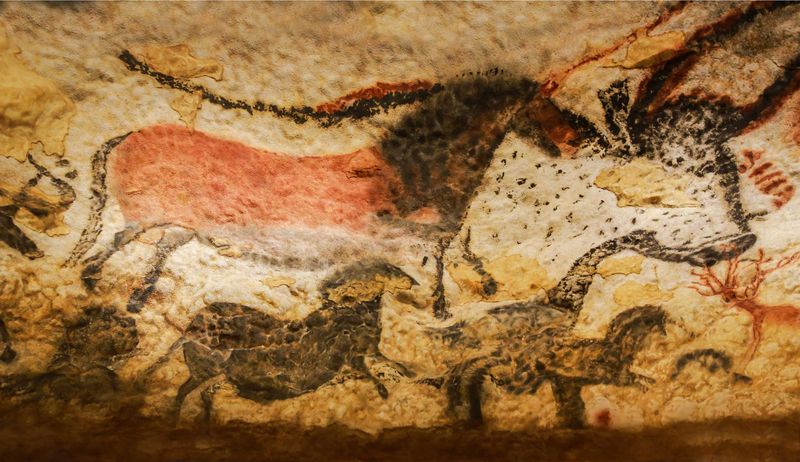
Horses have long been celebrated in art for their beauty and utility. In ancient times, these animals were depicted in dynamic motion, capturing their grace and speed. Horses symbolized freedom and strength. Cave paintings often show them in herds, running free across vast landscapes. Such depictions highlight their role in early human societies as essential beasts of burden and companions in travel. The artistry used to capture their form and movement speaks to the admiration humans held for these creatures. Horses were not just subjects in art but symbols of the boundless possibilities and adventures they offered.
Deer
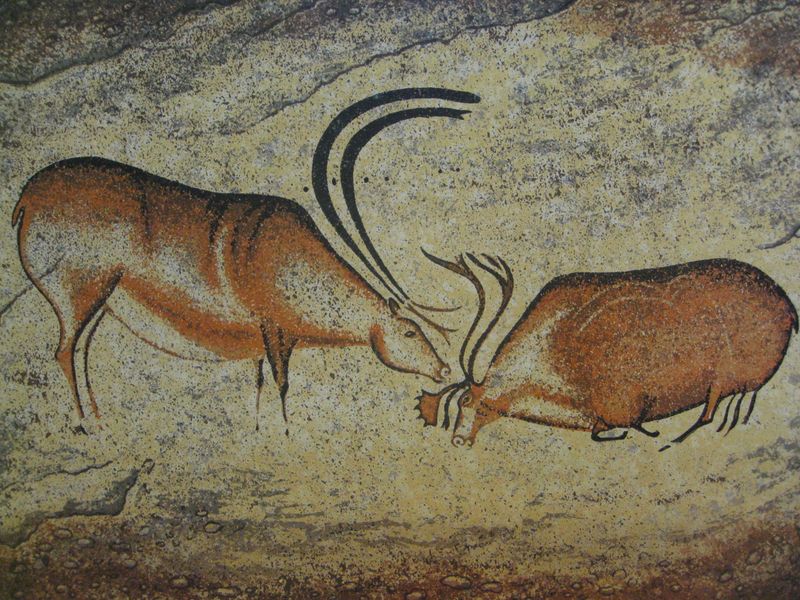
Deer, with their graceful forms and impressive antlers, were prominent in ancient art. These creatures symbolized gentleness and regeneration. Depictions often show deer in serene settings, emphasizing their peaceful nature. To early humans, deer were more than food sources; they represented the cycle of life and renewal. Their presence in forests was a sign of a healthy ecosystem. Paintings and carvings of deer often include intricate details, showcasing the artist’s appreciation for their beauty. Such art served as a reminder of the harmony between humans and nature, and the respect humans had for these gentle creatures.
Eagles
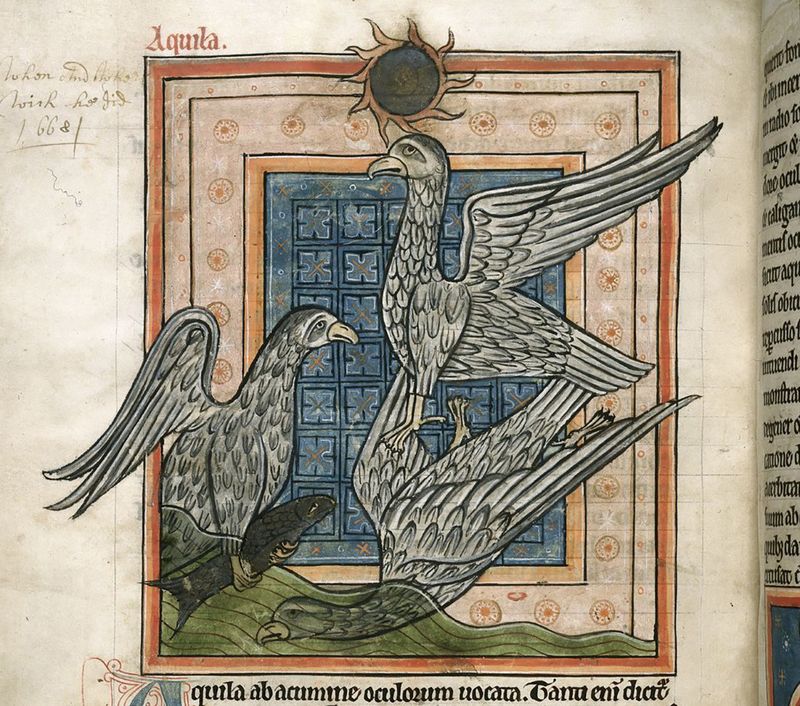
Eagles, with their keen vision and majestic flight, were revered in ancient cultures. These birds symbolized power, freedom, and foresight. Artworks often depict eagles soaring above mountains, representing their dominion over the skies. In many cultures, they were seen as messengers between the earthly and the divine. Their sharp eyes and strong talons made them symbols of vision and strength. Such depictions served as reminders of the eagle’s esteemed status and its significance in spiritual and cultural narratives. The art capturing these birds emphasizes the awe and inspiration they instilled in early civilizations.
Snakes

Snakes have slithered through ancient art, embodying both fear and fascination. To early cultures, these creatures symbolized transformation and rebirth, due to their shedding skin. Their sinuous forms and penetrating eyes are often depicted in intricate detail. Snakes were associated with the underworld and divine wisdom, bridging the earthly and spiritual realms. In various cultures, they represented duality: life and death, creation and destruction. Ancient artworks featuring snakes highlight their complex roles in mythology and religion. These depictions remind us of the deep-rooted respect and awe these enigmatic creatures commanded across civilizations.
Bears
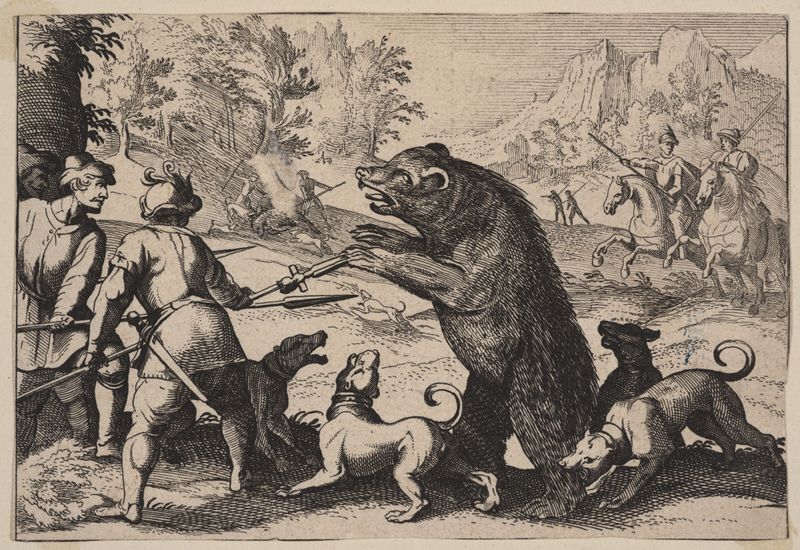
Bears, with their formidable presence and strength, were significant in ancient art. These creatures often symbolized courage and introspection. They were depicted with great reverence, shown in powerful postures or engaging in human-like activities. The dual nature of bears, as both nurturing and fierce, made them subjects of various myths and legends. Artworks often highlight their role as guides and protectors. Such depictions served as metaphors for human struggles and triumphs. The bear’s representation in ancient art is a testament to the admiration and respect early humans had for these mighty creatures of the wilderness.
Dolphins
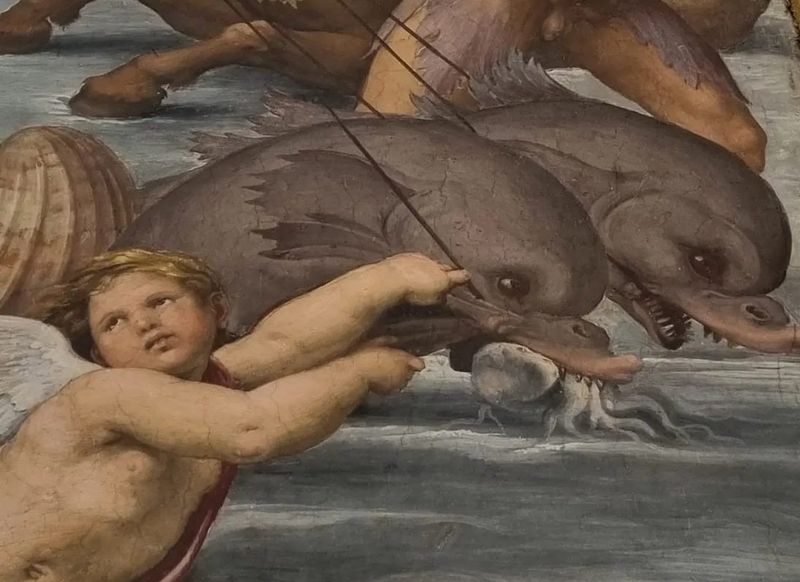
Dolphins, known for their intelligence and playful nature, were cherished in ancient art. These marine mammals symbolized joy, freedom, and protection. Artworks often portray dolphins leaping through waves, capturing their dynamic movement and grace. In many cultures, dolphins were seen as guardians of the sea, guiding lost sailors to safety. Their representation in art reflects a deep connection between humans and the ocean. Such depictions highlight the harmony and respect early civilizations had for the marine world. Dolphins were not only admired for their beauty but also revered as symbols of hope and guidance.
Owls
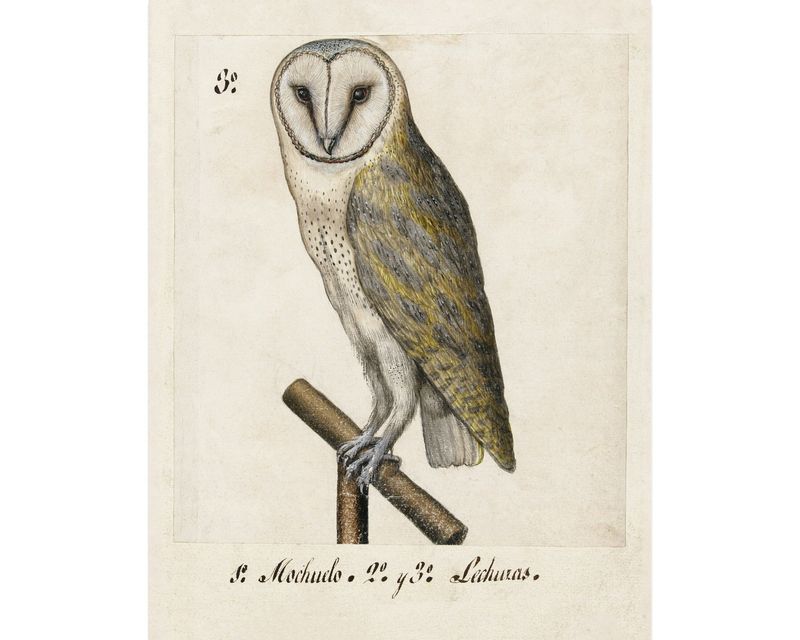
Owls have long been associated with wisdom and mystery. In ancient art, these nocturnal birds are often depicted with large, expressive eyes, symbolizing perception and insight. Their silent flight and keen senses made them guardians of the night in many cultures. Artworks of owls often portray them in mystical settings, reinforcing their connection to the unseen and the unknown. These depictions highlight the owl’s role as a guide and protector. The reverence shown in ancient art underscores the respect early humans had for the owl’s intelligence and enigmatic presence, making it a cherished symbol across cultures.
Cats
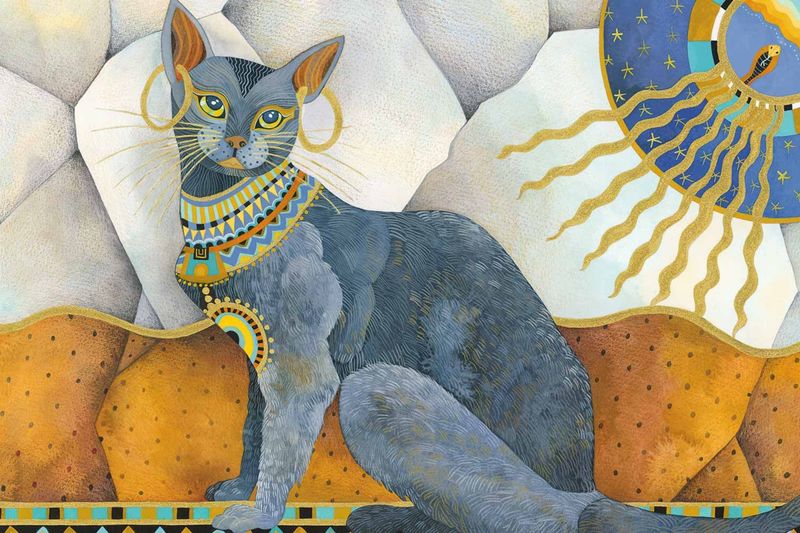
Cats held a special place in ancient Egyptian art, revered as symbols of divinity and grace. These creatures were often depicted sitting regally, embodying poise and elegance. Their independent nature and sharp instincts made them revered protectors of homes and sacred spaces. In art, cats were shown with ornate jewelry, highlighting their esteemed status. Such depictions reflect the deep bond between humans and cats, where they were not only cherished companions but also spiritual guardians. Their portrayal in ancient art serves as a testament to their enduring allure and the multifaceted roles they played in human cultures.
Crocodiles
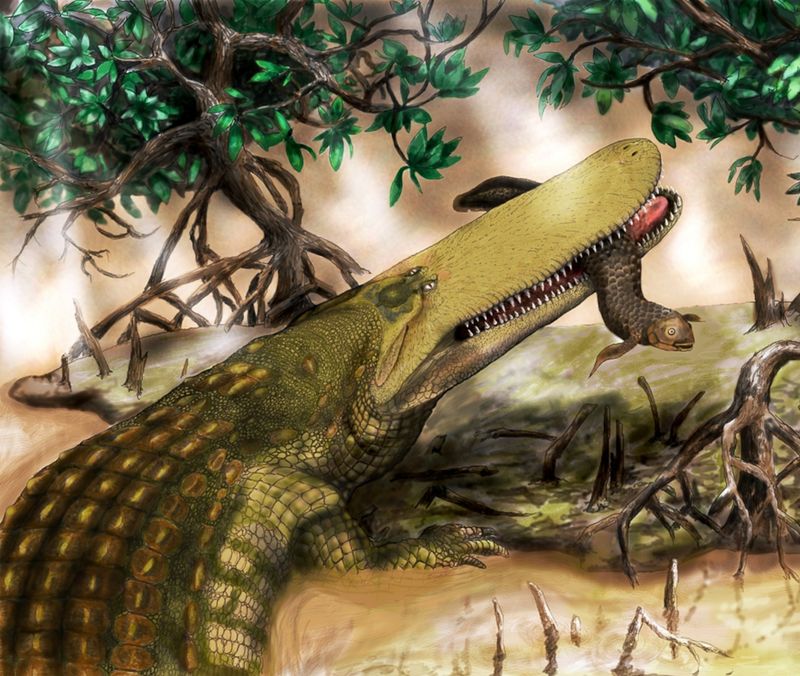
Crocodiles, with their primeval presence and raw power, often appeared in ancient art. These reptiles symbolized both danger and protection. Depictions of crocodiles reveal a fascination with their survival instincts and adaptability. They were seen as guardians of water bodies, maintaining the balance of life and death. In some cultures, crocodiles were revered as sacred creatures, embodying fertility and creation. Ancient artworks often capture their menacing features, conveying respect and caution. These portrayals remind us of the dual nature of crocodiles as both feared predators and respected symbols of resilience and strength in early human societies.
Elephants
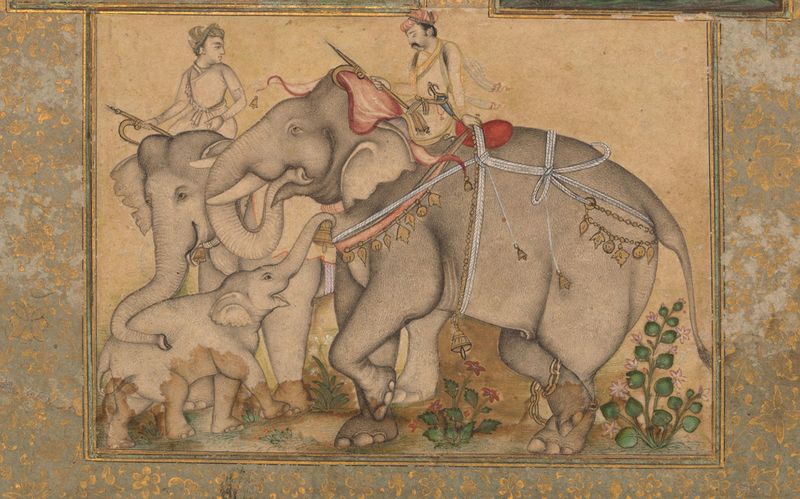
Elephants, with their towering presence and gentle demeanor, have been featured in ancient art as emblems of majesty and wisdom. These magnificent creatures were admired for their intelligence and social structures. Art often depicts them in regal settings, adorned with ornate decorations, symbolizing power and dignity. Elephants were seen as bridges between the earthly and the divine, often associated with royalty and spiritual significance. Their portrayal in art highlights human admiration for their strength and grace. Such depictions serve as reminders of the profound impact elephants had on early civilizations and the lessons they imparted.
Peacocks
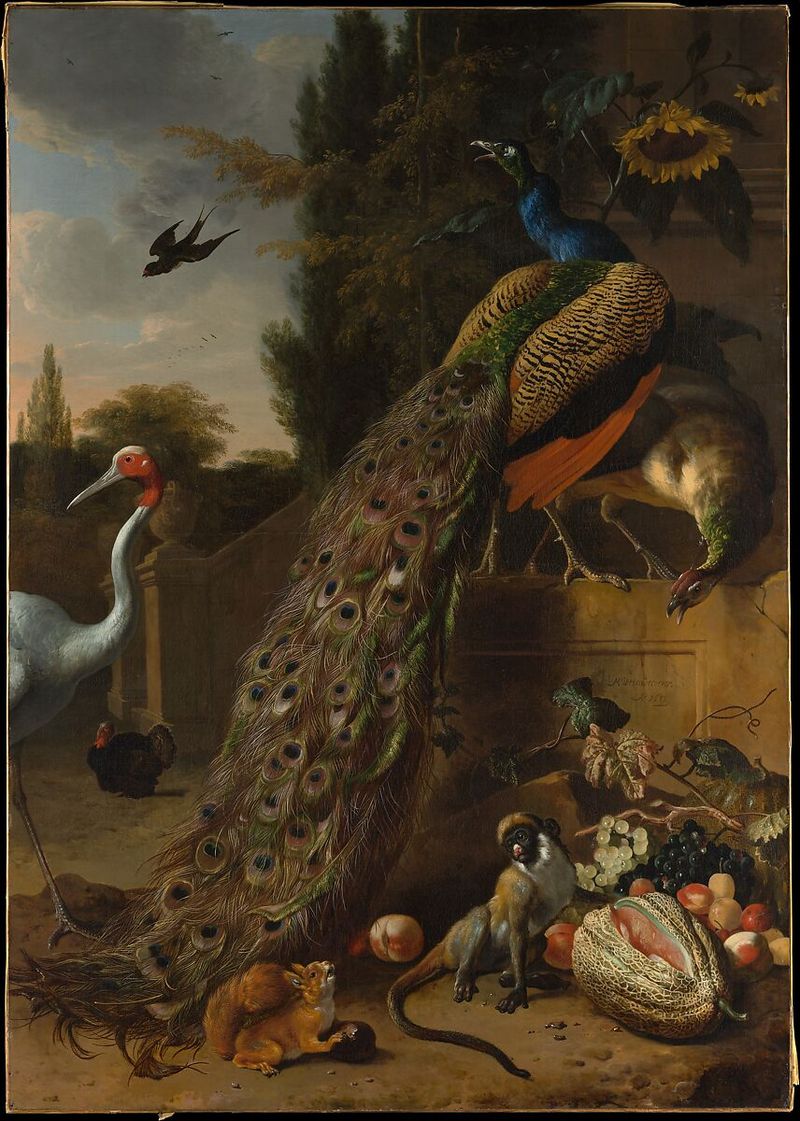
Peacocks, with their vibrant plumage and regal bearing, were celebrated in ancient art. These birds symbolized beauty, immortality, and renewal. Their striking appearance made them subjects of admiration and inspiration. In art, peacocks are often depicted with their tails fanned out, showcasing the intricate patterns and colors. These depictions highlight the appreciation for natural beauty and the intricate designs found in nature. Peacocks were associated with royalty and divine protection in various cultures. The art capturing these majestic birds serves as a testament to the human desire for beauty and the mysteries of life.
Wolves
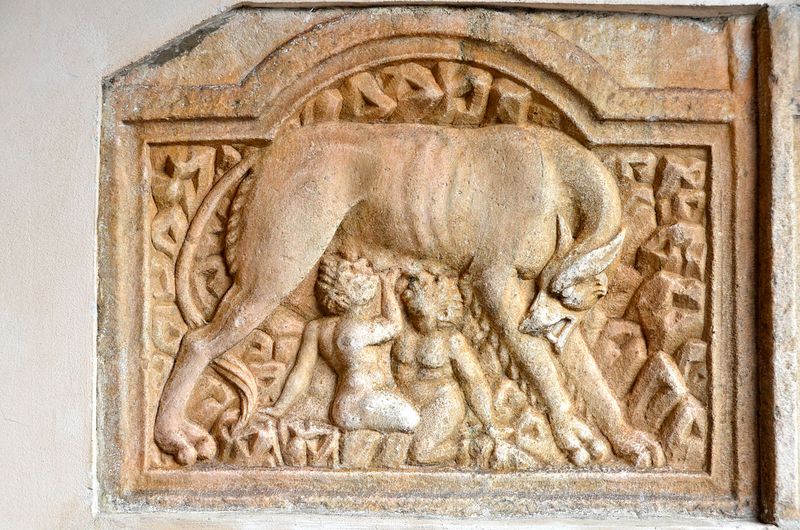
Wolves, with their pack mentality and haunting howls, were prominent in ancient narratives. These creatures symbolized loyalty, teamwork, and the wild spirit. Art often depicts wolves in packs, navigating harsh landscapes, emphasizing their survival skills and social bonds. Their portrayal highlights the admiration for their ability to work together and adapt to challenges. In many cultures, wolves were seen as spiritual guides, embodying the untamed aspects of nature. Such depictions served as metaphors for human relationships and the balance between individuality and community. The presence of wolves in ancient art reflects their enduring influence and mystique.
Hyenas
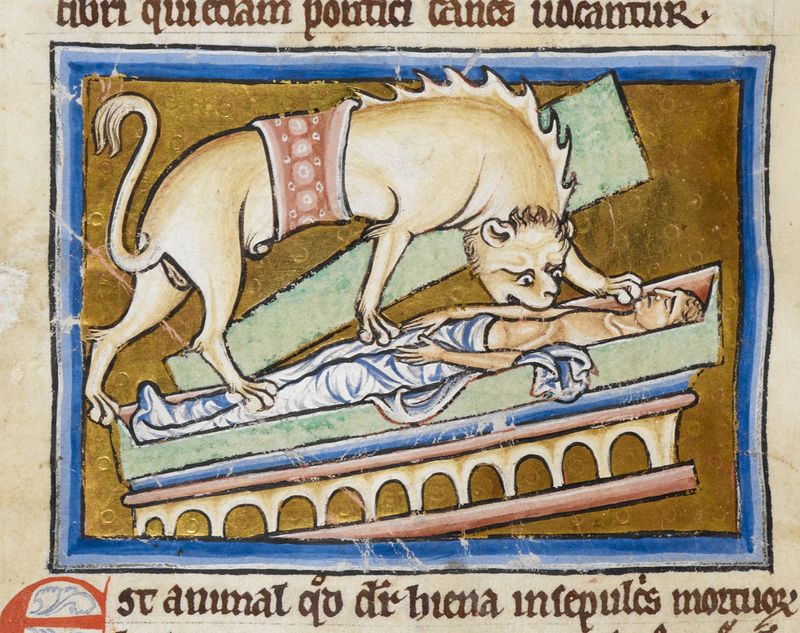
Hyenas, often misunderstood, were depicted in ancient art with a mix of curiosity and wariness. These creatures symbolized cunning and adaptability. Their unique social structures and survival strategies fascinated early humans. Artworks often show hyenas in arid landscapes, highlighting their resilience and resourcefulness. In various cultures, hyenas were seen as tricksters, embodying both intelligence and mischief. Their portrayal in art reflects the complex relationships humans had with these animals, acknowledging their role in the ecosystem. Such depictions remind us of the nuanced views early societies held towards creatures that thrived against the odds.

